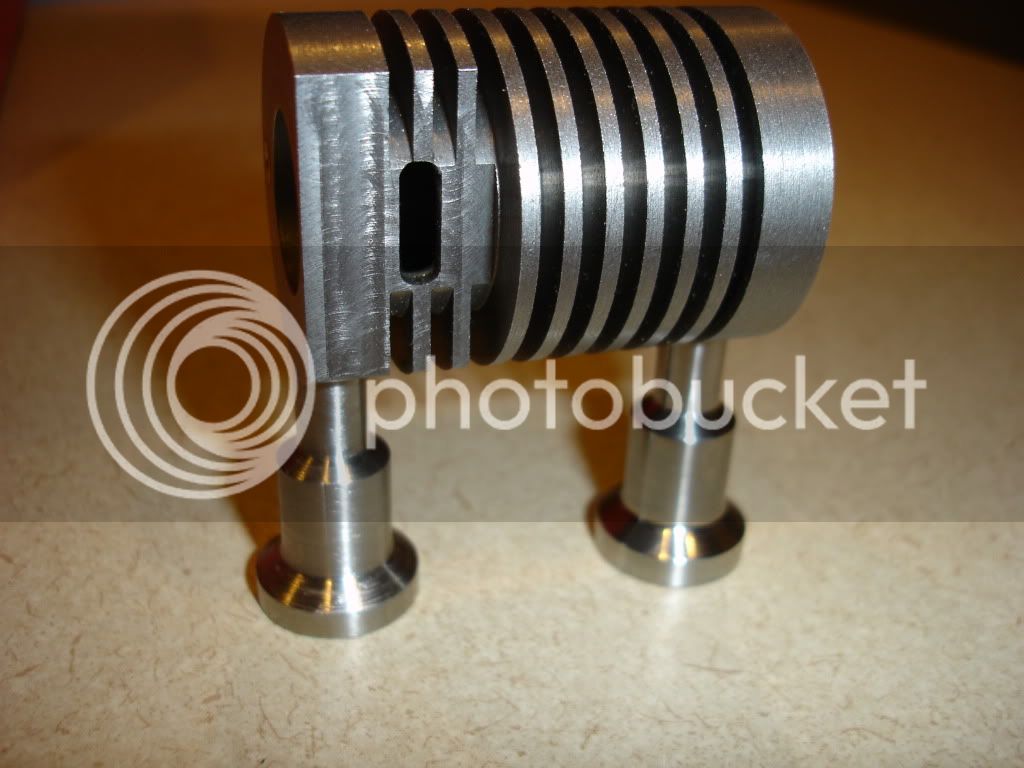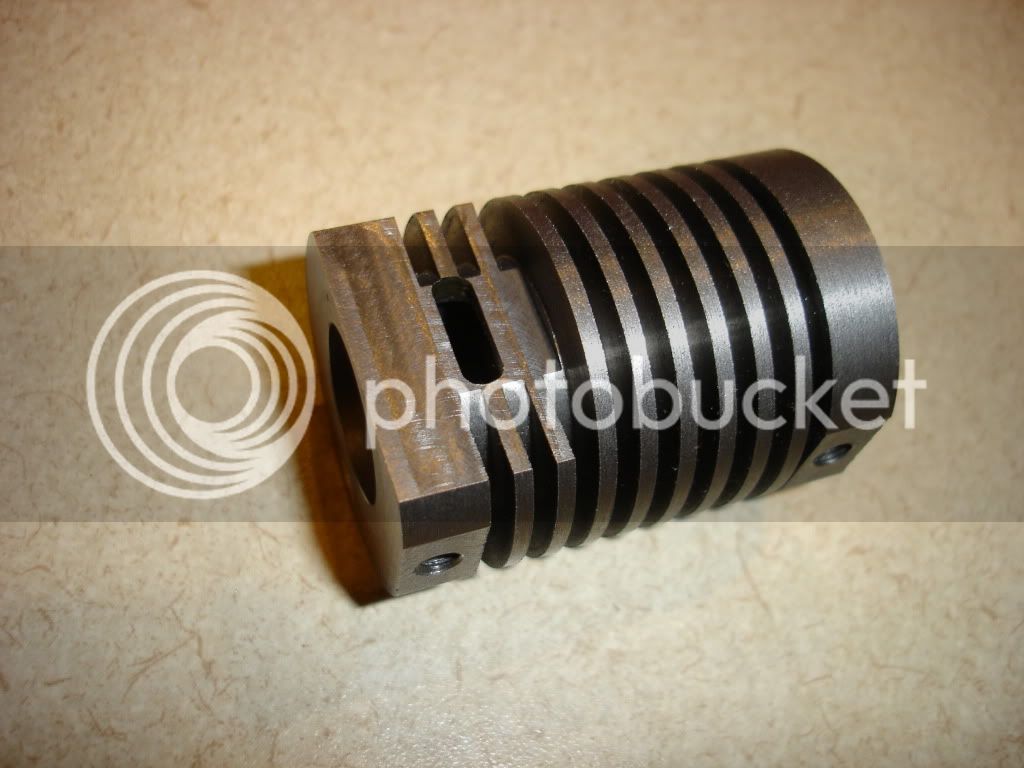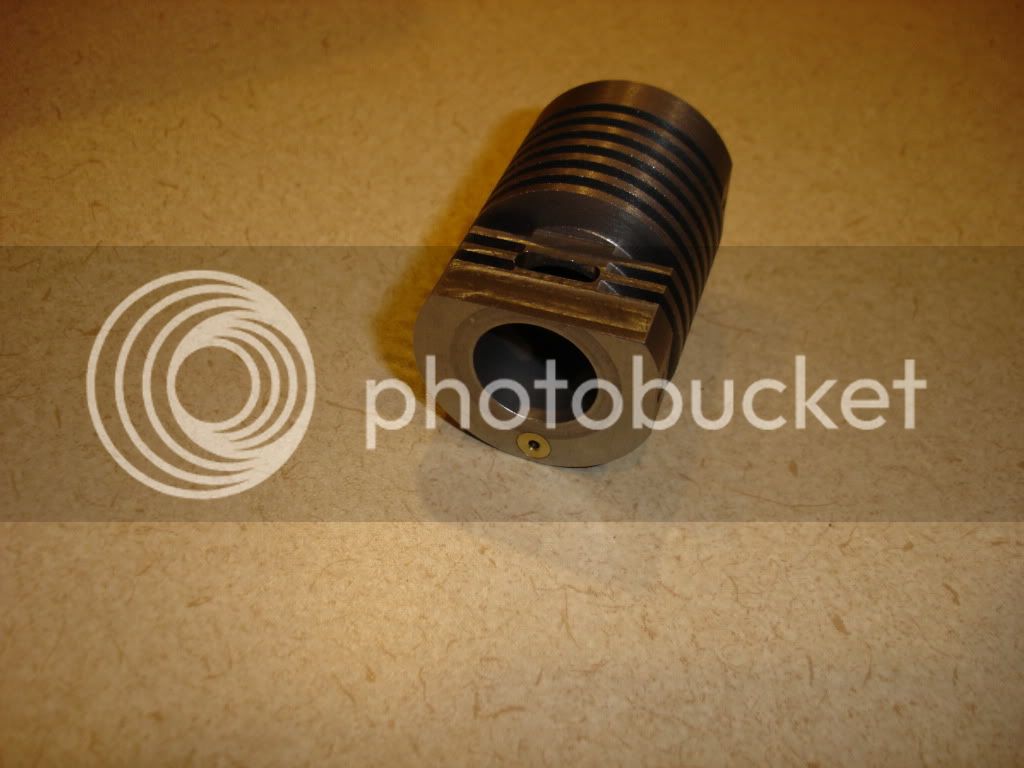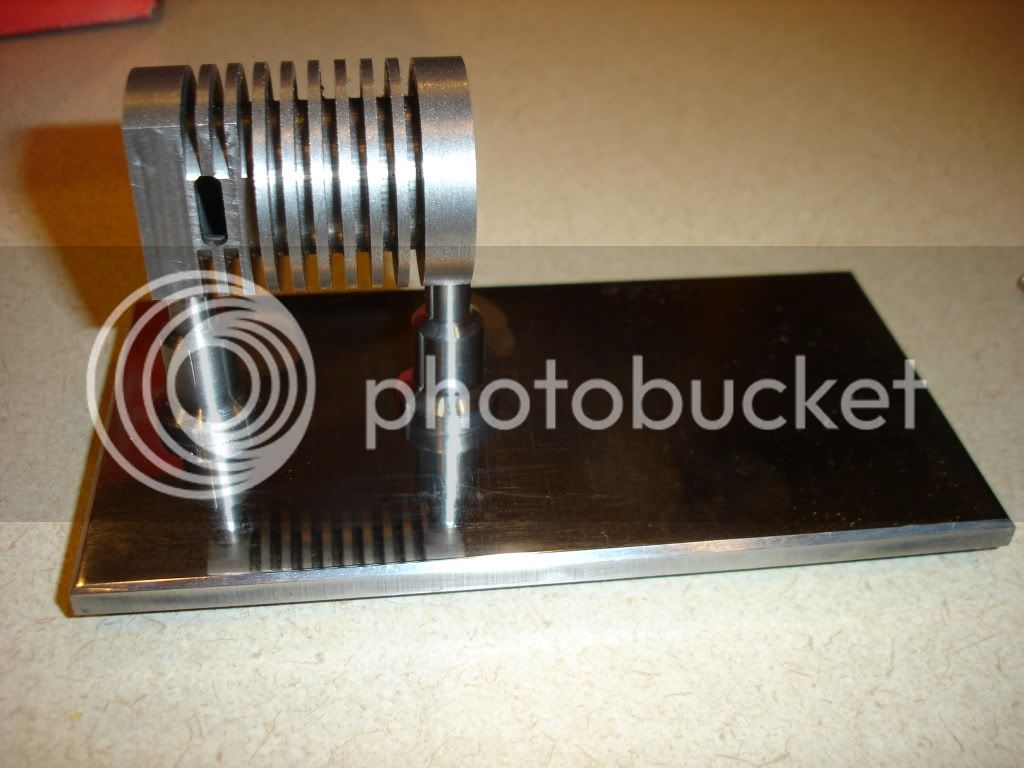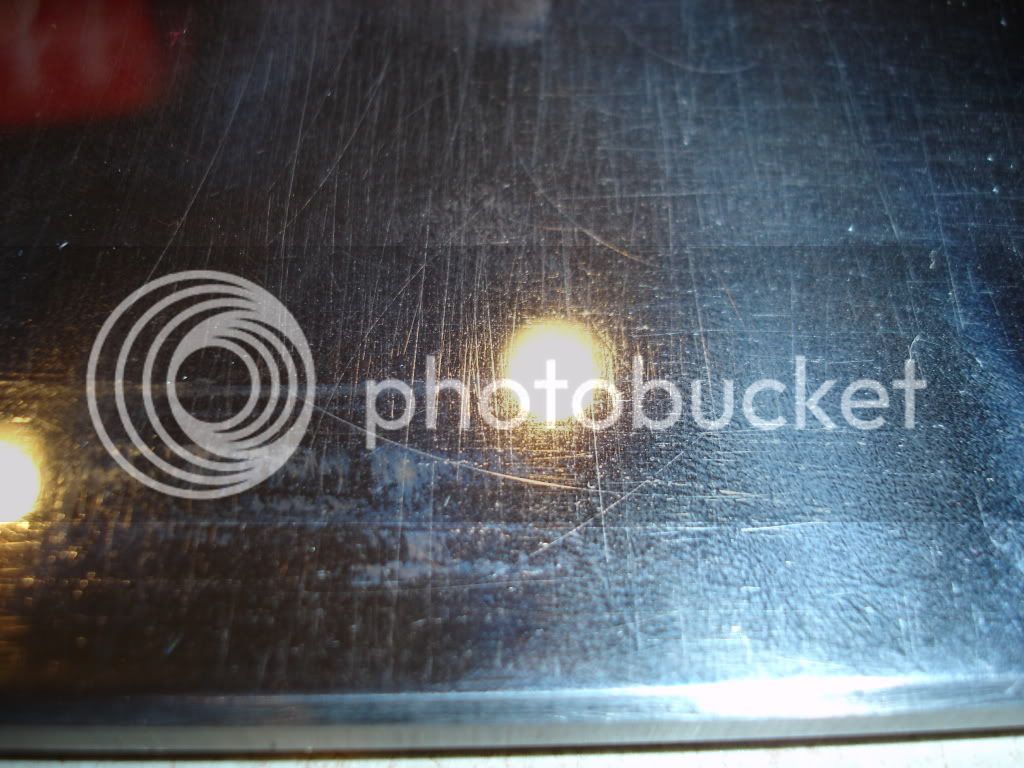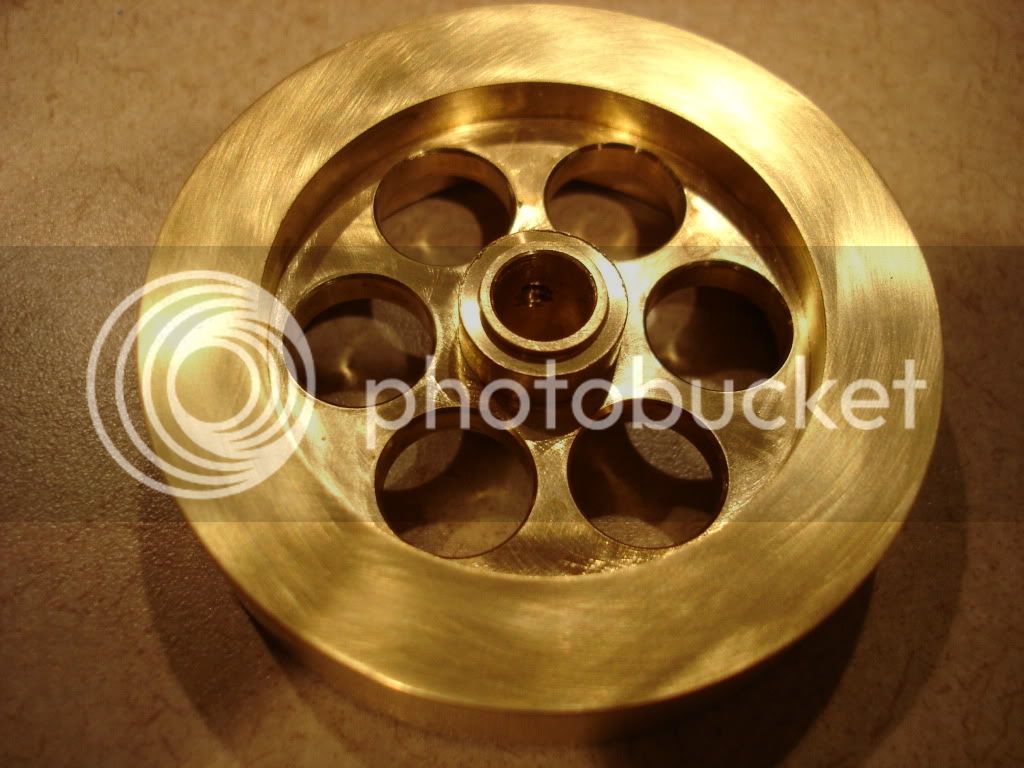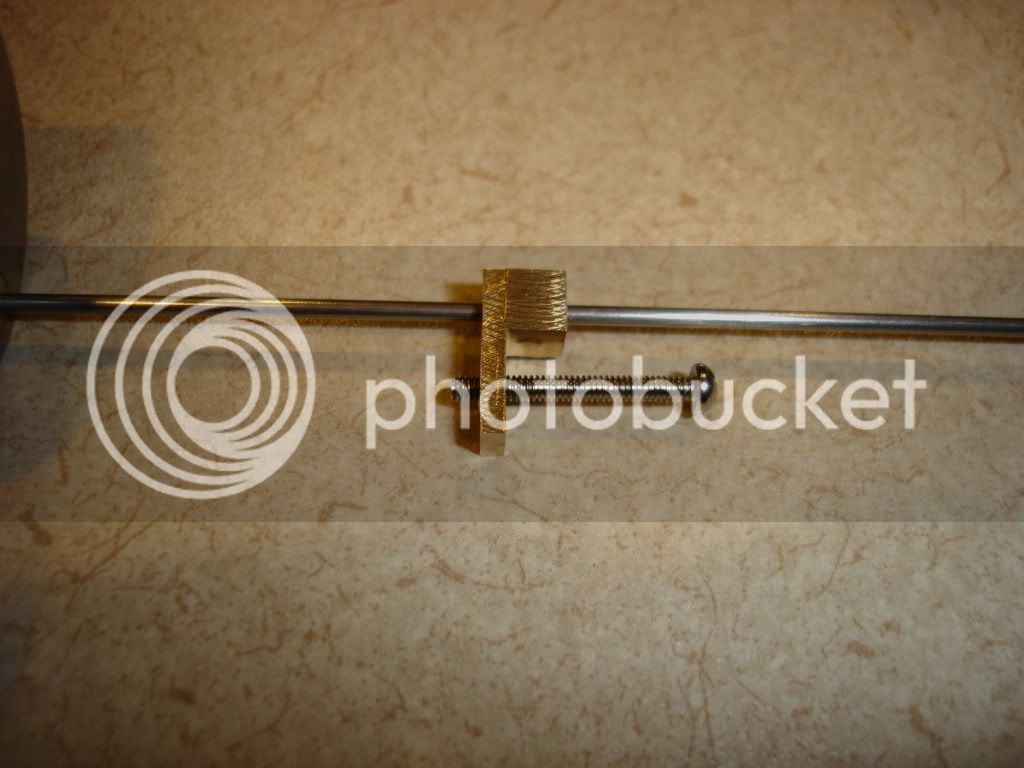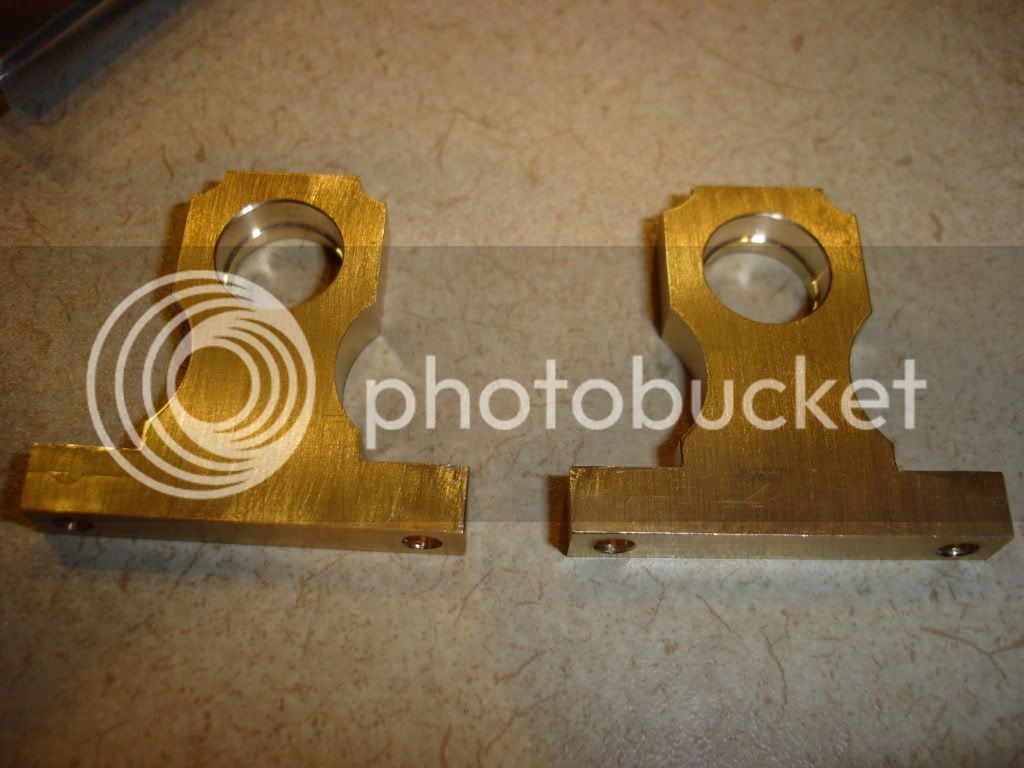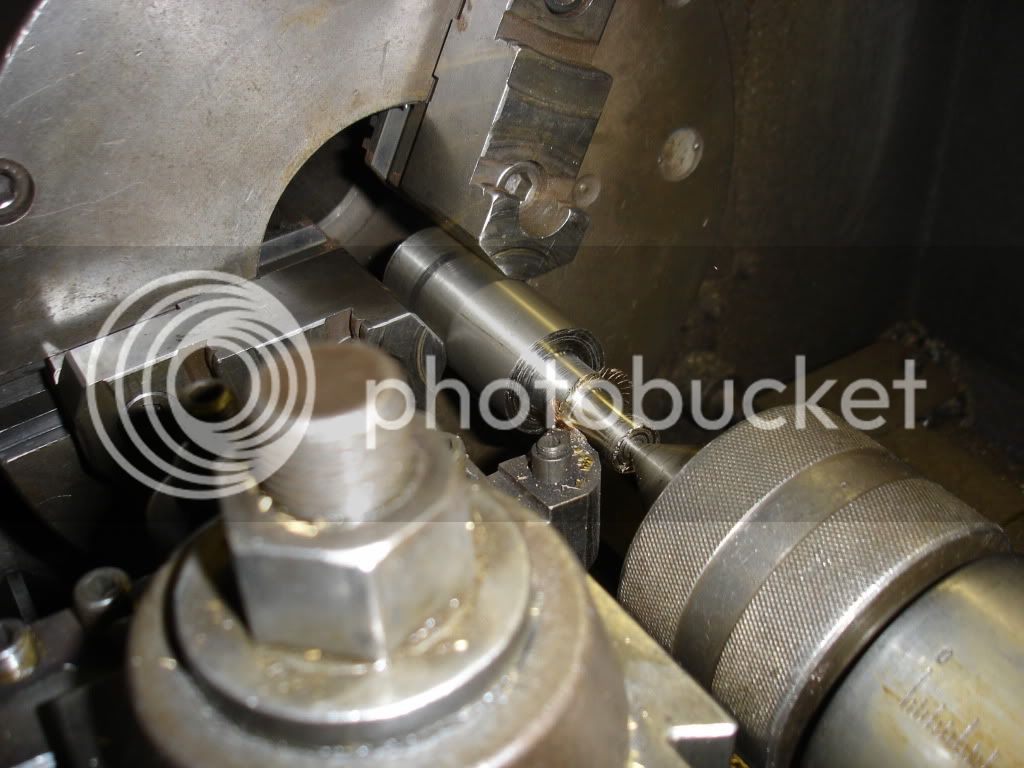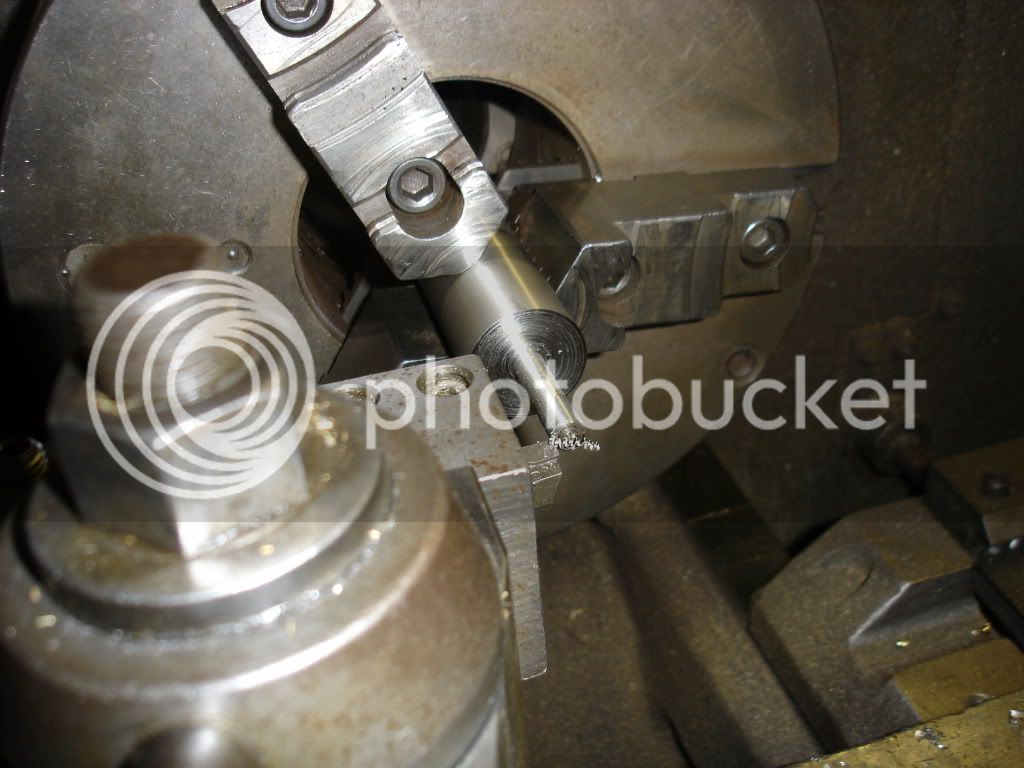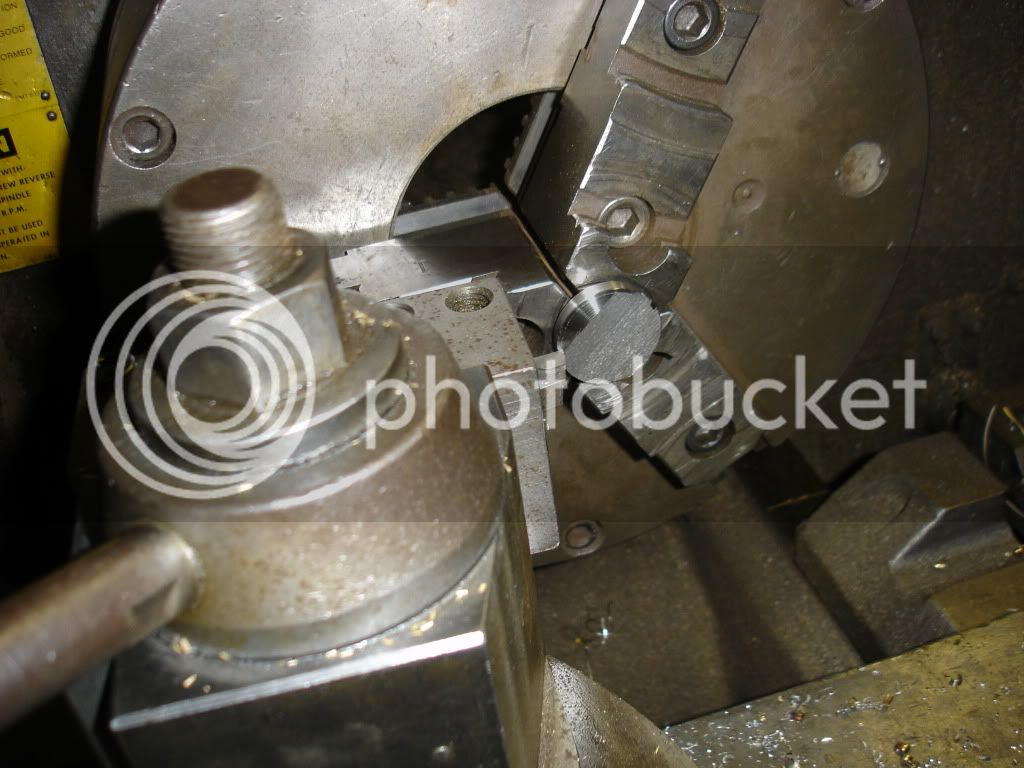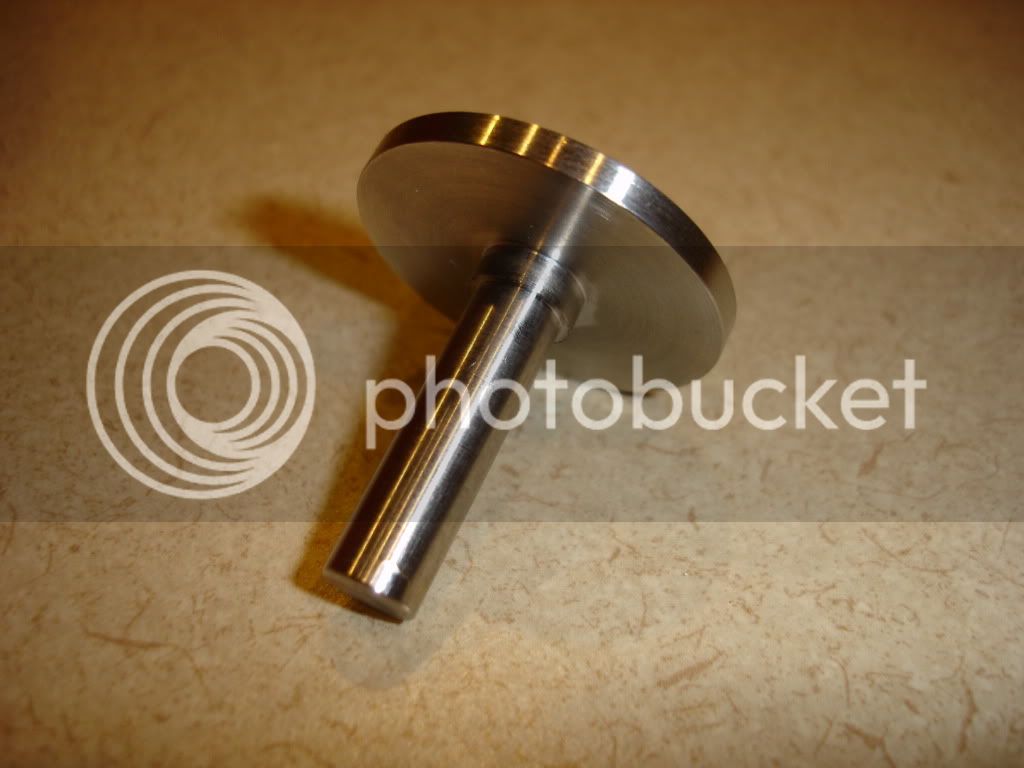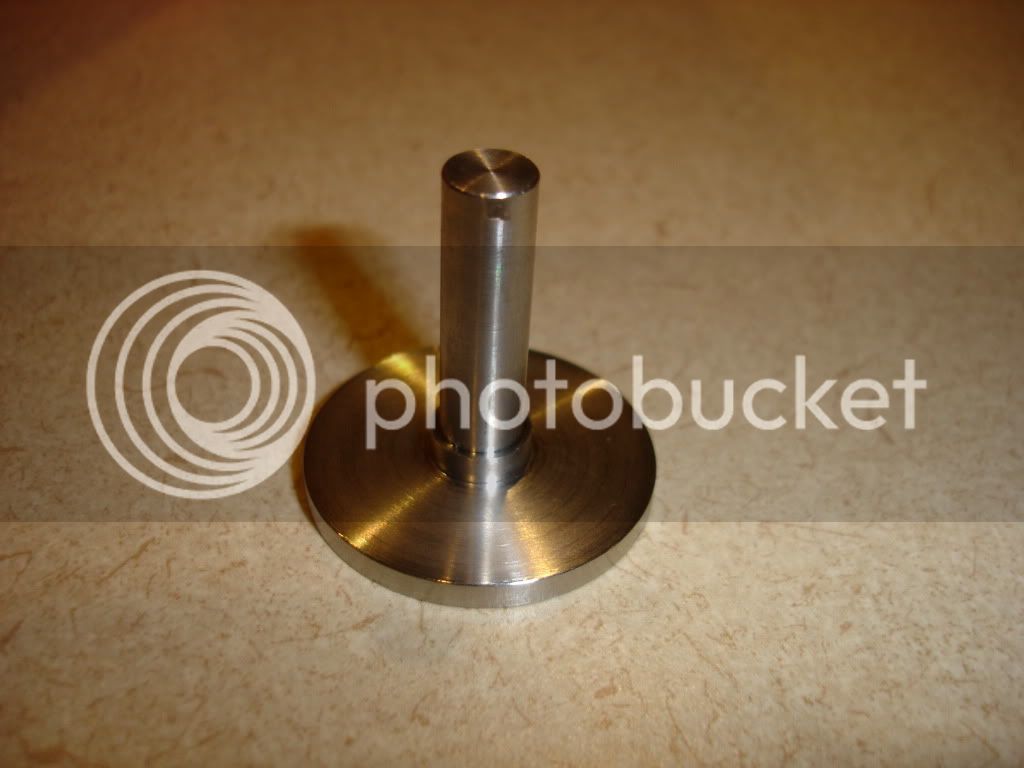huse0054
Active Member
- Joined
- Nov 17, 2010
- Messages
- 31
- Reaction score
- 0
Hi there, I am in the process of building a Jan Ridder internal valve flame engine, why? Because they are insanely intriguing and amazing engines!!!! Now I have never seen one in person, only videos on youtube so I hope that mine will actually work and that it turns out as good as some I have seen. I have read through most every flame engine post on this forum and thought I should go for it. I also wanted to document the build so others can see how I did it and I will try to provide as much detail as possible about the steps I went through and the problems I encountered.
As some background, I enjoy creating stuff from plans and I don't have a creative bone in my body but I am very meticulous and can be somewhat of a perfectionist and I am OK with that. It should also be noted I have never machined anything before and I own no machining equipment. I do not know the correct machining vernacular and how some tools work etc....., and it will be glaringly obvious in my build posts that I am a complete novice, but I am learning and that is the whole goal of building this engine. I am also having a blast doing it!
I know this thread is useless without pictures and one problem is that I am about halfway done with the engine and have not taken any pictures yet. I will take pictures of the completed parts thusfar and incorporate those into the step by step posts and will take pictures of the process going forward.
And one other thing, my wife's father and grandfather own a machine shop and her grandfather will be helping me in this build should be noted he has no experience in the model engine world.
should be noted he has no experience in the model engine world.
Thanks again for this fantastic website and talk to you soon.
As some background, I enjoy creating stuff from plans and I don't have a creative bone in my body but I am very meticulous and can be somewhat of a perfectionist and I am OK with that. It should also be noted I have never machined anything before and I own no machining equipment. I do not know the correct machining vernacular and how some tools work etc....., and it will be glaringly obvious in my build posts that I am a complete novice, but I am learning and that is the whole goal of building this engine. I am also having a blast doing it!
I know this thread is useless without pictures and one problem is that I am about halfway done with the engine and have not taken any pictures yet. I will take pictures of the completed parts thusfar and incorporate those into the step by step posts and will take pictures of the process going forward.
And one other thing, my wife's father and grandfather own a machine shop and her grandfather will be helping me in this build
Thanks again for this fantastic website and talk to you soon.






